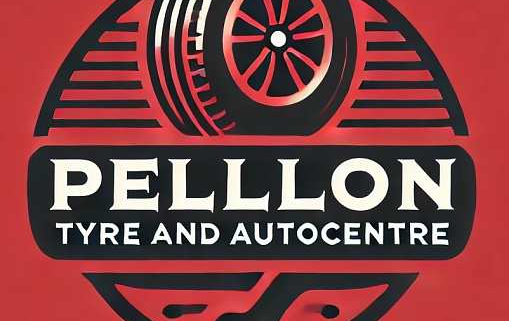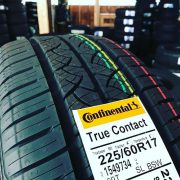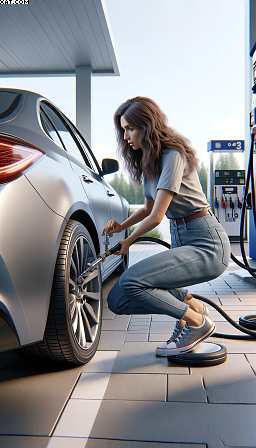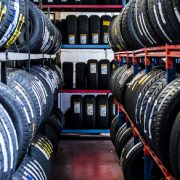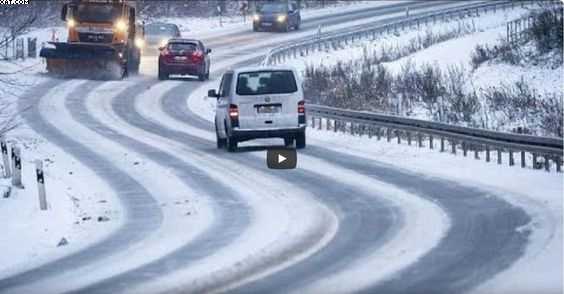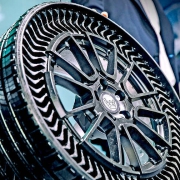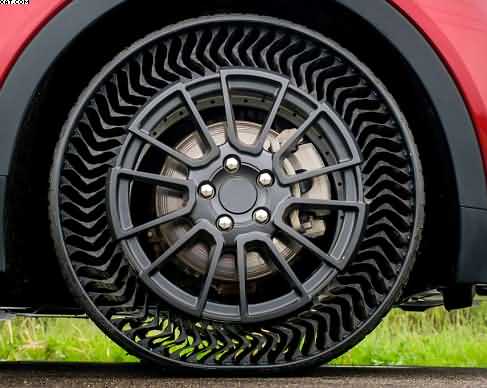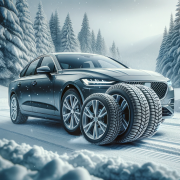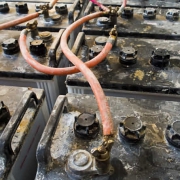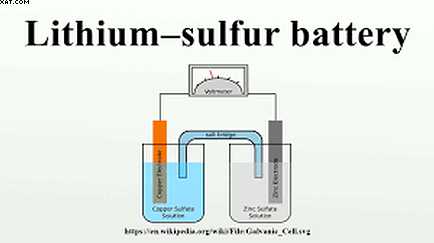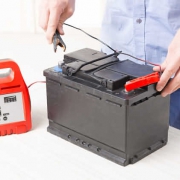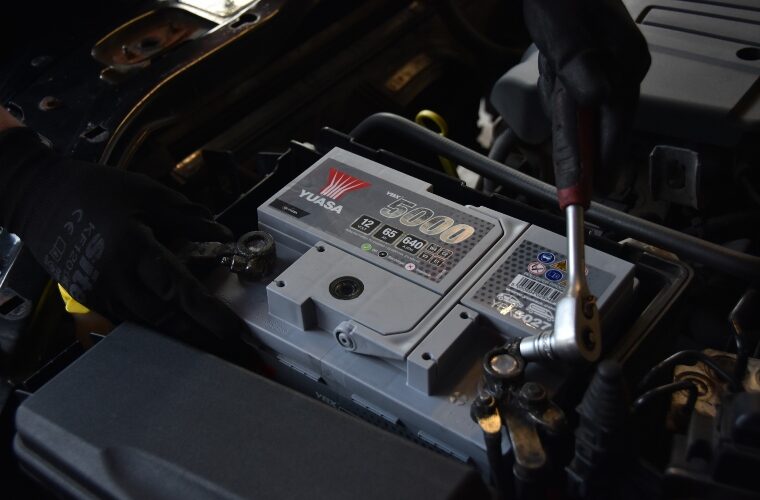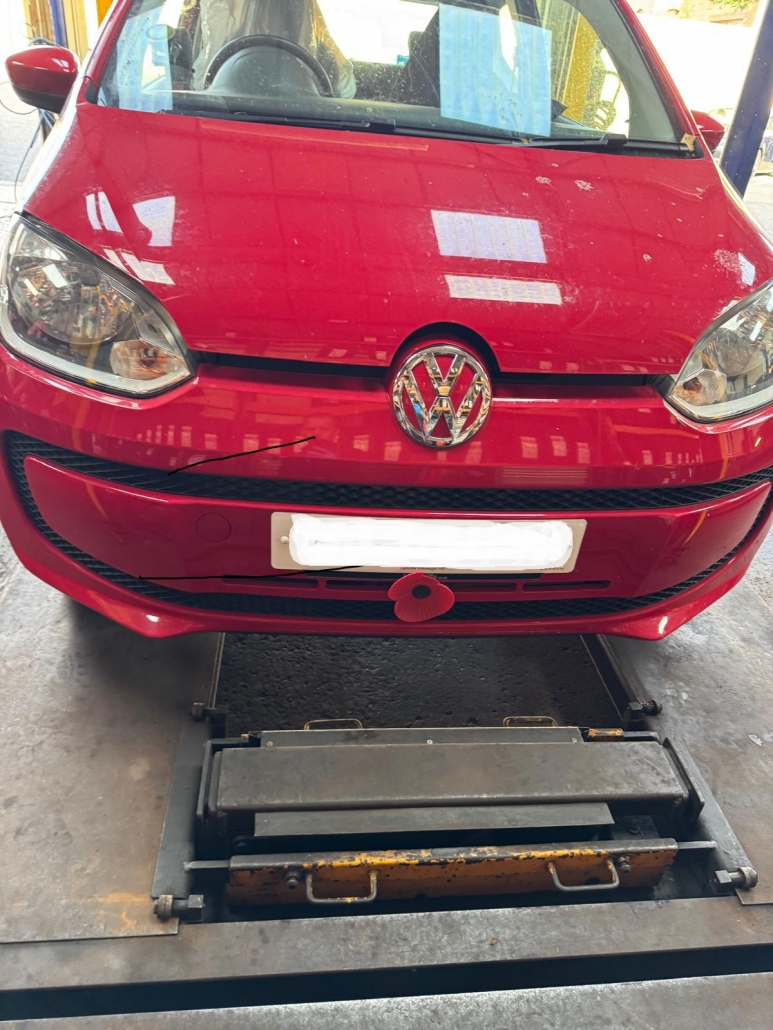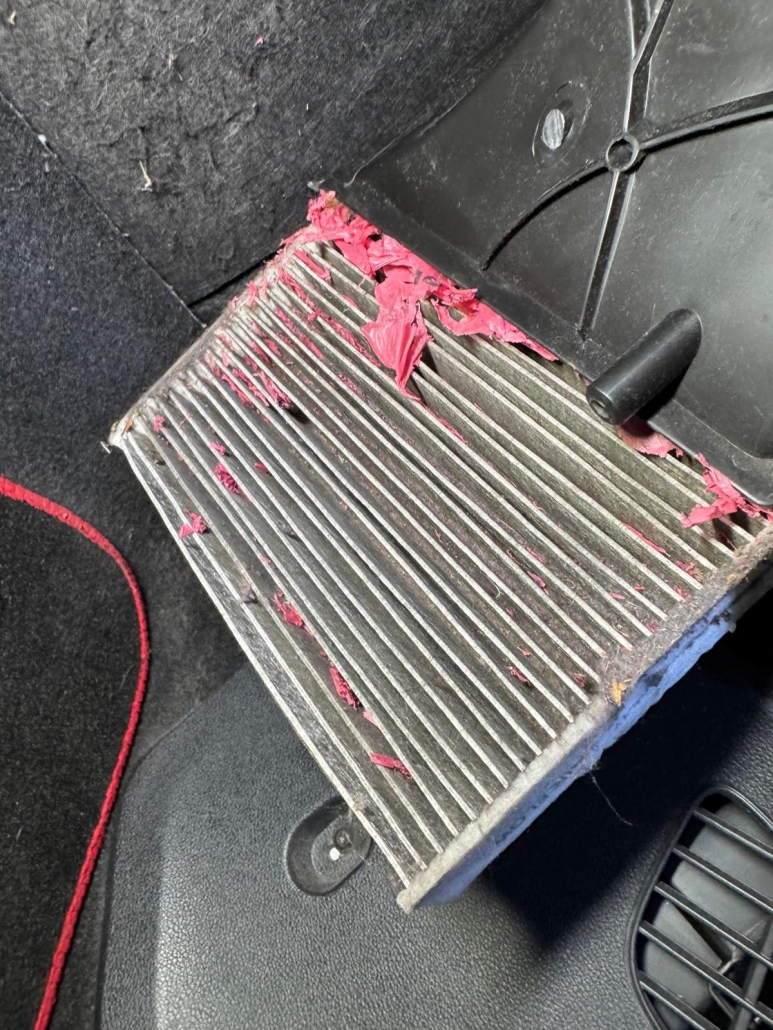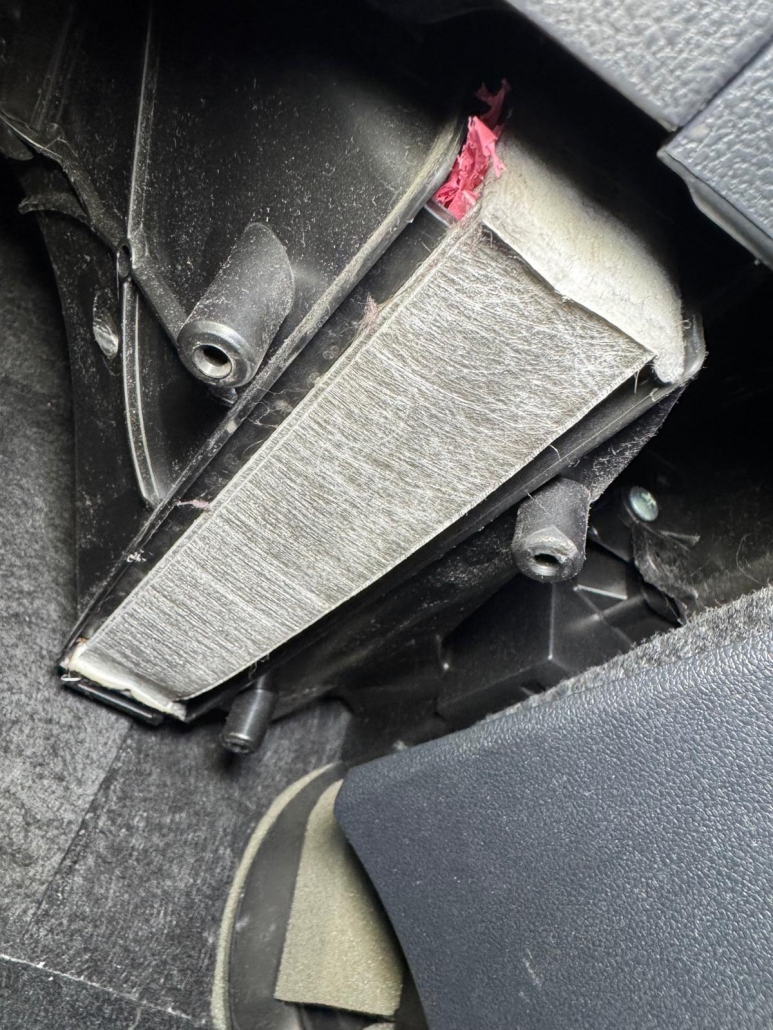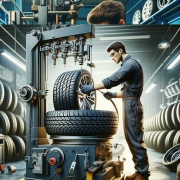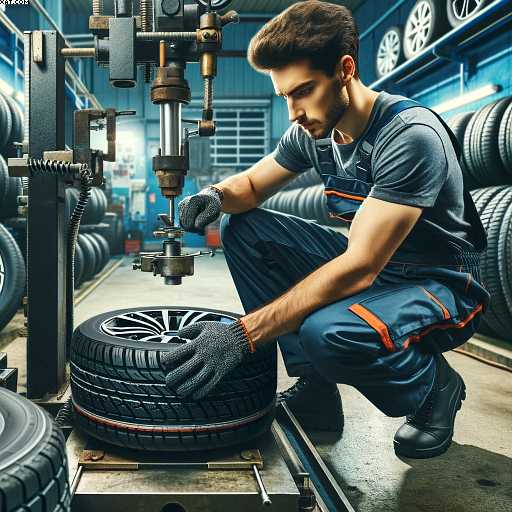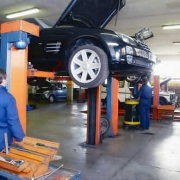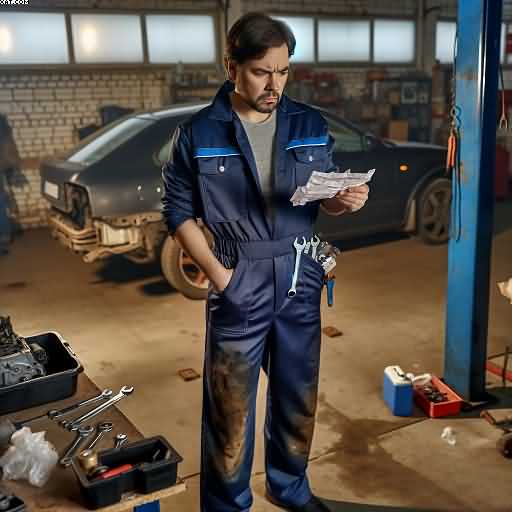Vauxhall Vivaro Subframe Bushes Collapse
Table of Contents
Vauxhall Vivaro Subframe Bushes Collapse
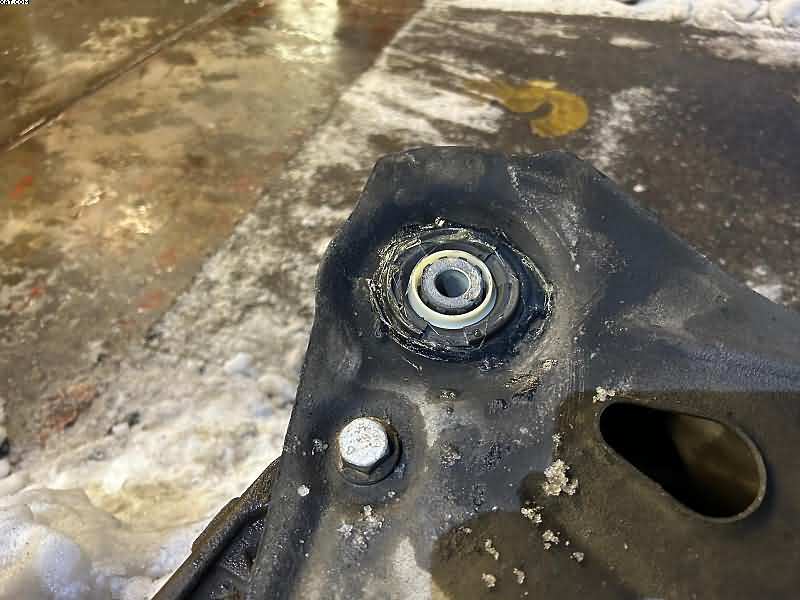
Vauxhall Vivaro Subframe Bushes Collapse
Taking on the Task
Subframe bushing replacement is a difficult undertaking. Many parts, including the suspension and steering rack, must be disconnected in order to remove the complete front subframe. After disassembling everything, we used a specialised tool made for squeezing the new bushes into position. The task would have been almost impossible without it.
We made sure all bolts were torqued to specification and that no corners were cut after carefully reassembling the subframe and installing the new bushes. A brief driving test verified the change: the van was handling smoothly once more, and there was no longer any pounding noise.
Local Links
Transits can be seen all across Halifax and the neighbouring areas. The Vivaro plays a crucial role in Calderdale’s daily operations, from delivery drivers negotiating the city’s winding roads and steep hills to plumbers and electricians. At Pellon Tyres, we’ve worked on more Vivaros than we can remember, whether it’s replacing clutches, repairing damaged tyres, or fixing suspension problems like this one.
We consistently strive to restore these vans to service as quickly as possible, acknowledging their critical role in the operations of neighbouring businesses.
Concluding remarks
Don’t leave it up to chance if your van is making strange noises or isn’t operating as it should. Bring it to Pellon Tyres so that our knowledgeable staff can investigate the issue. We take pride in Pellon Tyres Repairs the Vauxhall Vivaro Front Subframe
From construction sites to delivery routes, the Vauxhall Vivaro is a true workhorse that can be seen all around Halifax and the UK. It is dependable, adaptable, and popular with many nearby companies. However, it periodically requires some maintenance to stay in peak condition, just like any other hard-working car.
Vivaro’s Banging
Recently, a frequent customer brought their Vauxhall Vivaro into Pellon Tyres. Every time they encountered a bump, they were alarmed by a loud banging sound emanating from the front end. We could tell right away that it needed a thorough inspection because it didn’t sound good.
The issue was immediately apparent once we had the Vivaro on the ramp: the front subframe bushes had deteriorated and, in some cases, completely collapsed. The subframe, which holds important parts like the engine and suspension in place, needs these bushes to stay stable. When they malfunction, the van’s handling and safety may be impacted in addition to producing an unsettling noise.
A Demanding Position
Subframe bushing repair is a serious, all-day, hands-on task. The suspension and steering rack were among the primary parts that had to be disconnected in order to remove the complete front subframe. This is the kind of work that calls for perseverance and a systematic approach.
After removing the subframe, we pushed the new bushes into position and removed the old ones using a specialist tool. It would be nearly impossible to complete without this instrument, but it simplified an otherwise difficult procedure. The next step was to carefully refit everything, making sure that each bolt was torqued in accordance with the manufacturer’s instructions.
An Overview of the Vauxhall Vivaro’s Past
Since its introduction in 2001, the Vauxhall Vivaro has become a common sight on British roads. The Vivaro, which shared its design with the Renault Trafic and then the Nissan Primastar, was a mid-sized van that was jointly developed by Vauxhall (then a part of General Motors) and Renault.
The Vivaro, which was primarily manufactured in Luton, became a mainstay for couriers, craftsmen, and companies in need of a dependable van with lots of room. It has changed over time with more streamlined designs, enhanced technology, and more potent engines. In keeping with the movement towards greener motoring, the most recent models also come with electric variants.
Local Links
The Vauxhall Vivaro is a familiar sight here in Halifax, either parked outside local shops or climbing the steep roads of Calderdale. Whether it’s a delivery driver travelling across Yorkshire or a plumber with a van full of tools, this vehicle is as adaptable as the people who drive it.
Over the years, we at Pellon Tyres have seen a good number of Vivaros. We understand how crucial it is to keep these cars on the road, whether it’s through regular maintenance or more involved fixes like this subframe job. They are, after all, livelihoods on wheels, not just vehicles.
Why Pick Tyres from Pellon?
Don’t wait for the issue to worsen if your Vivaro—or any car—is making strange noises or doesn’t feel right. Bring it to Pellon Tyres, where our skilled staff will carefully and precisely diagnose and resolve the problem. We are committed to promptly resolving any issues, understanding the significance of your van to your daily life.
Therefore, we can assist you with anything from worn tires to banging noises or anything in between. Talk to us, and we’ll take care of the rest. Your van will appreciate it!Halifax’s preferred garage for both minor and large repairs.
Give us a call or stop by for a conversation if you have a Ford Transit or another reliable car that has seen better days. We are always pleased to assist!
